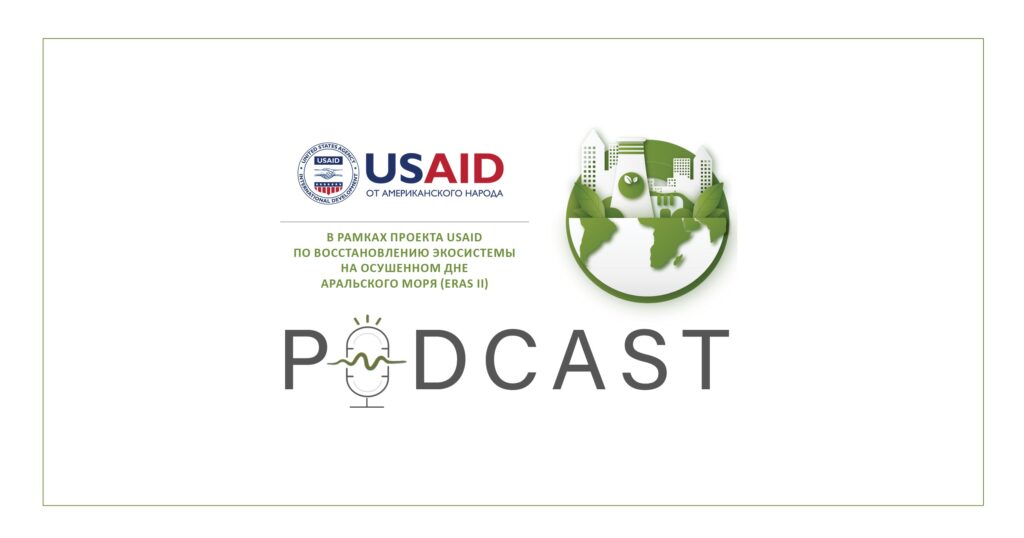On February 15, 2024, a webinar on the updated version of the GACMO (Greenhouse Gas Abatement Cost Model) emission projection tool presented by the Copenhagen Climate Center of the United Nations Environment Programme (UNEP-CCC) was held online.
The webinar presented a new version of the GACMO emissions projection tool to strengthen global climate policy and ambition. An updated version of the Greenhouse Gas Abatement Cost Model (GACMO) has been released to help inform climate change decisions, tackle the climate crisis and reduce greenhouse gas emissions.
This webinar presented how GACMO 2.0 can provide countries with a clear understanding of the implications of their climate action to effect meaningful change and contribute to global emission reduction targets.
The new version of GACMO presents a more user-friendly interface with an improved step-by-step flowchart, making it easier to navigate complex emissions reductions and map out future emissions pathways.
The use of GACMO provides valuable input to the preparation and updating of NDCs, the preparation of national climate plans and long-term strategies, and international transparency reports such as the biennial transparency reports.
The Regional Climate Action Transparency Hub ( ReCATH) project will also be conducting a GACMO training in the spring and summer of 2024.
General information about the tool
Calculating current and future greenhouse gas emissions is a prerequisite for countries to inform political decisions concerning climate action. It is also the foundation for transparent and credible climate action at national and global levels.
The GACMO (Greenhouse Gas Abatement Cost Model) is a greenhouse gas emissions projections tool developed over more than twenty years by the UNEP Copenhagen Climate Centre.
It allows countries to carry out rapid but accurate scenario analysis of how a variety of mitigation options impact emissions, thereby increasing transparency and contributing to informed decision making.
The tool can provide valuable input for preparing and updating NDCs by identifying NDC targets for emissions reductions and by providing assessments of future emissions in different climate action scenarios.
The tool is available here



